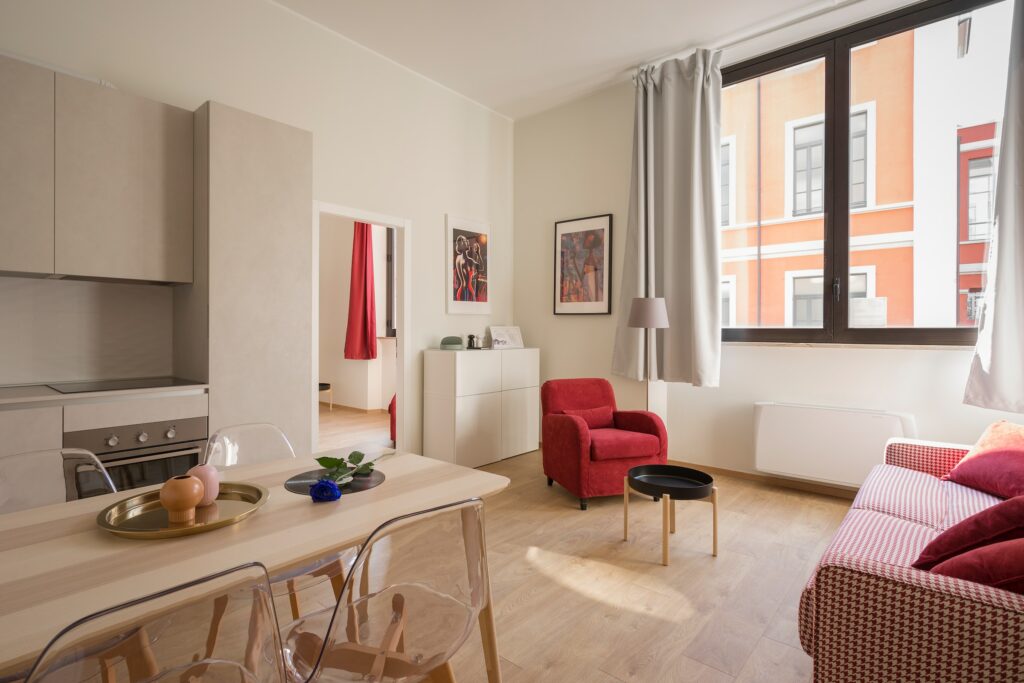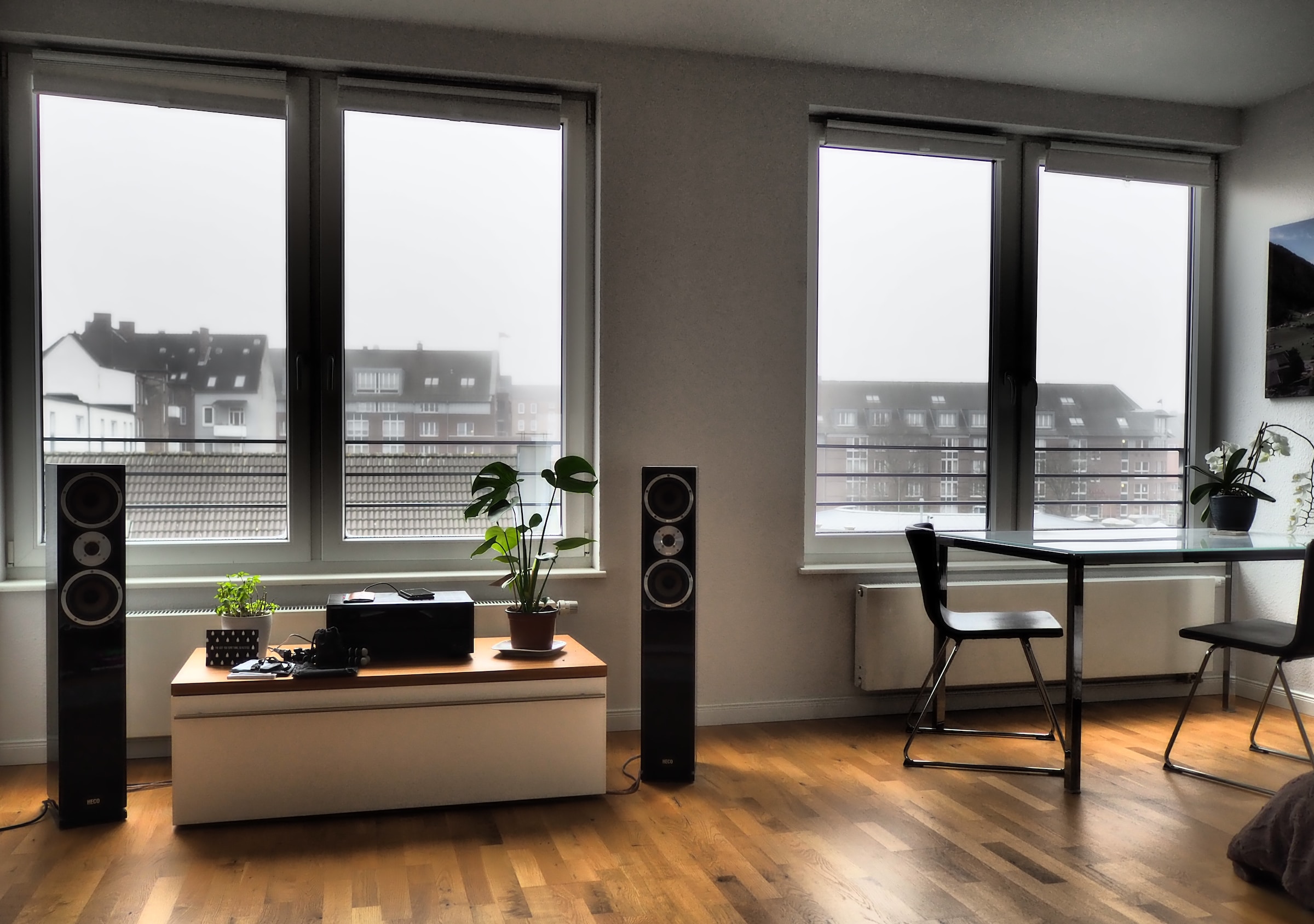Have you ever wondered how something as simple as window tinting can play a pivotal role in maintaining your room temperature and boosting HVAC efficiency? It’s not just a stylistic addition to your home or office; it’s a functional upgrade with tangible benefits. Let’s delve into this topic and uncover the often-overlooked impact of window tinting.

The Science Behind Window Tinting: A Ray of Efficiency
Window tinting, employing the power of nanoparticles, is a marvel of modern technology. These nanoparticles, adept at absorbing and reflecting sunlight, work their magic in window tints. It not only helps reduce the sunlight entering a room but also plays a significant role in the durability of the tint itself.
Heat, Glare, and Energy: The Triple Threat for HVAC Efficiency
Window tinting offers significant benefits for both heat reduction and enhancing the efficiency of HVAC systems. Here’s a detailed look at how window tinting achieves this:
Heat Reduction:
Window tinting effectively reduces the amount of solar heat transmitted through windows. Blocking a substantial portion of solar radiation, window tints help maintain a cooler indoor temperature during warm weather. This reduction in heat gain means that air conditioning systems don’t have to work as hard to cool the space, leading to energy savings and enhanced HVAC efficiency.
Energy Efficiency:
The energy-saving potential of window tinting is significant. The U.S. Department of Energy notes that windows account for 25-30% of residential heating and cooling energy use. Window tinting can reduce cooling costs by up to 30% and heating costs by up to 10%, according to the International Window Film Association. Additionally, a study by the California Energy Commission found that window tinting can lower peak electricity use by 13% and cooling energy consumption by 33% in buildings.
Insulation and Winter Benefits:
Window tints not only help in the summer but also during winter. They act as an additional insulation layer, helping to retain heat within a building. It means reduced heat loss through windows, crucial in maintaining a warm indoor environment and reducing the heating load on the HVAC system.
Glare Reduction and UV Protection:
Apart from thermal benefits, window tints reduce glare from sunlight, making viewing screens and working comfortably indoors easier. They also block harmful UV rays, protecting your skin and interior furnishings from sun damage.
Privacy and Security:
Window tinting enhances privacy by making it difficult for people outside to see into your home or office. It also strengthens the glass, adding a layer of security against break-ins.
Aesthetic Appeal:
Beyond functional benefits, window tints can improve the appearance of your windows, giving them a sleek and modern look.
A Lighter Touch on Your Wallet: The Economic Angle
It’s not just about comfort; it’s about cost-effectiveness, too. The U.S. Department of Energy highlights that window tinting can reduce cooling costs by up to 30% and heating costs by up to 10%. With studies indicating a reduction in peak electricity use and cooling energy consumption in tinted buildings, the financial argument for tinting is strong.
Not Just a Summer Story: Winter Wonders of Window Tinting
Interestingly, window tinting is not just a summer affair. In winter, tinted windows play a vital role in retaining heat, reducing the amount of “wasted heat” and saving money.
Frequently Asked Questions:
How much can I save on energy bills with window tinting?
You could save up to 30% on cooling costs and 10% on heating costs, depending on various factors such as the type of tint and your geographical location.
Will window tinting affect the aesthetics of my home?
Modern window tints come in various shades and styles, allowing you to enhance the appearance of your home while reaping the functional benefits.
Can window tinting protect my furniture?
Yes, by blocking UV rays, window tinting helps protect your furniture, flooring, and artwork from fading.
Choosing the Right Tint: A Balancing Act
Selecting the right window tint involves considering factors like the film’s Visible Light Transmission (VLT), local regulations, and the specific needs of your space. A lower VLT means more sunlight blockage, ideal for summer, but a higher VLT might be preferable in winter for natural warmth.
Window tinting is more than just a cosmetic upgrade; it’s an investment in your home’s comfort, efficiency, and security. From slashing energy bills to protecting your interiors and enhancing privacy, the benefits are clear. So why wait? Explore the world of window tinting and step into a cooler, more efficient, and comfortable future.
For professional window tinting services in Australia, don’t forget to check out Eclipse Tinting.
